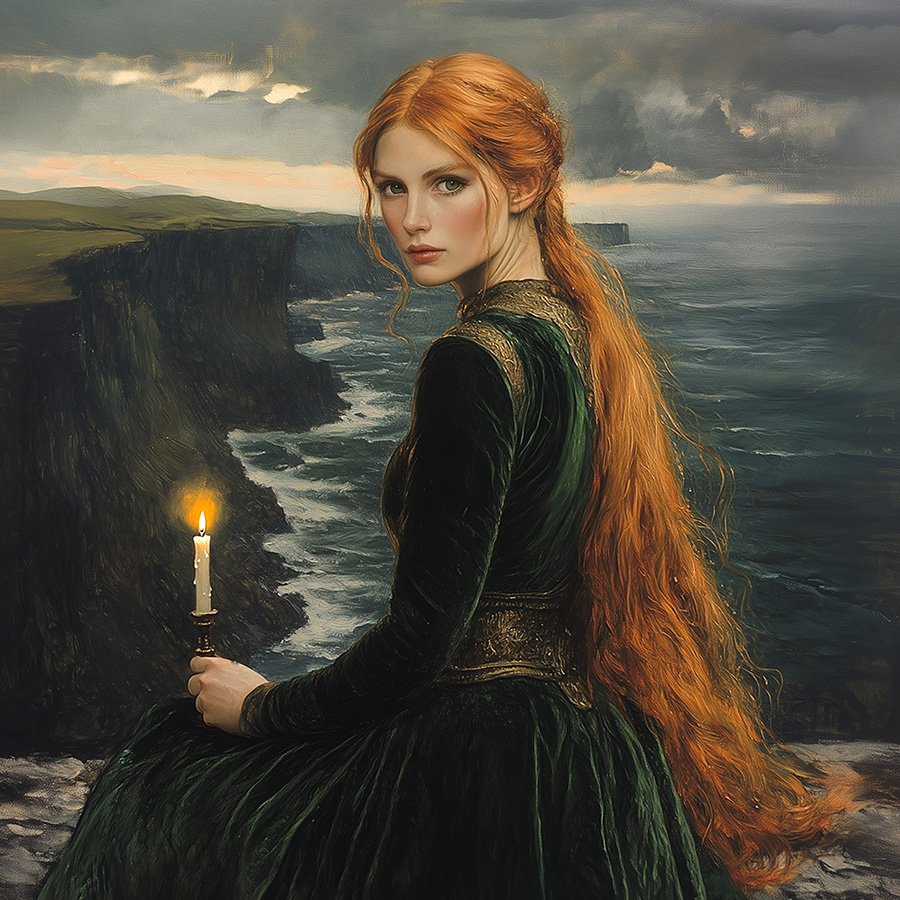Vesna
As spring emerges across the northern hemisphere, the Slavic goddess Vesna symbolizes the season's renewal and vitality. Rooted in ancient beliefs, Vesna, often depicted as a youthful maiden adorned with flowers, embodies the cyclical battle between life and death, constantly struggling against Morana, the personification of winter. Celebrations like Maslenitsa and Kupala Night honor Vesna, blending pagan and Christian traditions to mark the arrival of spring with joyous rituals. Vesna's legacy continues to resonate, connecting people with their cultural heritage and the rhythms of nature, reminding us of the enduring promise of renewal and the interconnectedness of all life.
Ostara/Eostre
Ostara, also known as Eostre, was a pivotal figure in ancient Germanic spirituality, representing the arrival of spring and the rebirth of life after winter. Her name, derived from "ostarun," meaning "eastern direction," reflects her association with the dawn and the renewal of light. Symbolized by hares and eggs, Ostara embodied fertility and the promise of new beginnings. Her ancient festival, celebrating the spring equinox, laid the groundwork for modern Easter traditions, illustrating her enduring influence on seasonal celebrations.
Olwen
In Welsh mythology, Olwen is a goddess of beauty, purity, and renewal, her very presence said to cause flowers to bloom in her footsteps. Her name, meaning "white track" or "white footprint," reflects her connection to spring and the natural world's rejuvenation. The tale of her courtship by Culhwch, who must complete formidable tasks to win her hand, underscores her association with the cycles of life and the challenges that lead to growth. Olwen remains a symbol of nature's vitality and the importance of honoring the earth's beauty and abundance.
Brigid
Brigid, a central figure in Celtic mythology, is revered as the goddess of fertility, healing, poetry, and smithcraft. Originating from ancient Ireland, she was celebrated as a bringer of spring and a symbol of renewal, her presence marked by the sacred flame tended in her temple at Kildare. Brigid's influence extended beyond her associations with fertility and healing to her role as a patron of the arts and crafts, inspiring both poets and metalworkers. Despite the rise of Christianity, Brigid's worship endures, with her festival Imbolc, celebrated on February 1st, reflecting themes of growth and new beginnings, and her legacy continues to inspire modern practitioners of Celtic spirituality.





